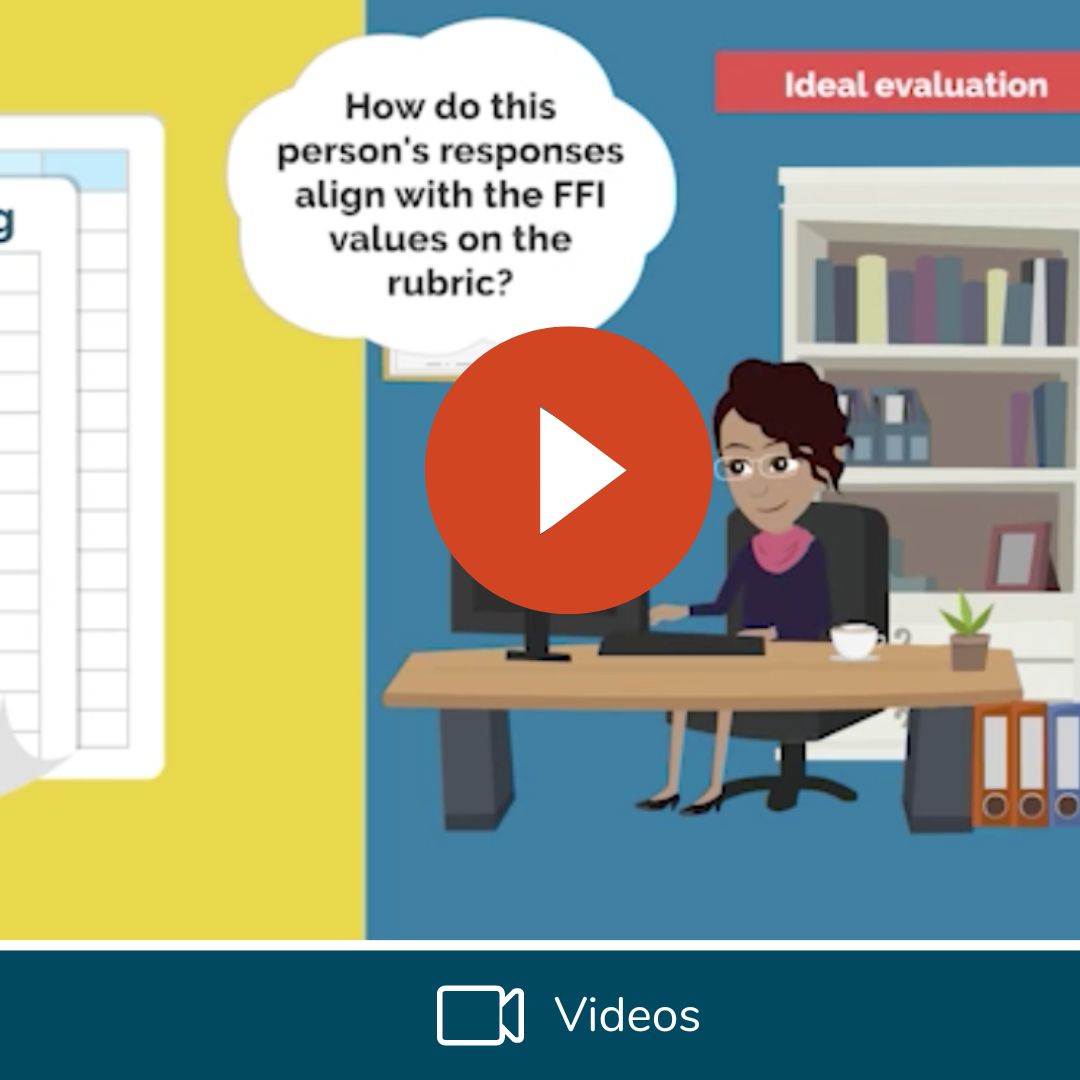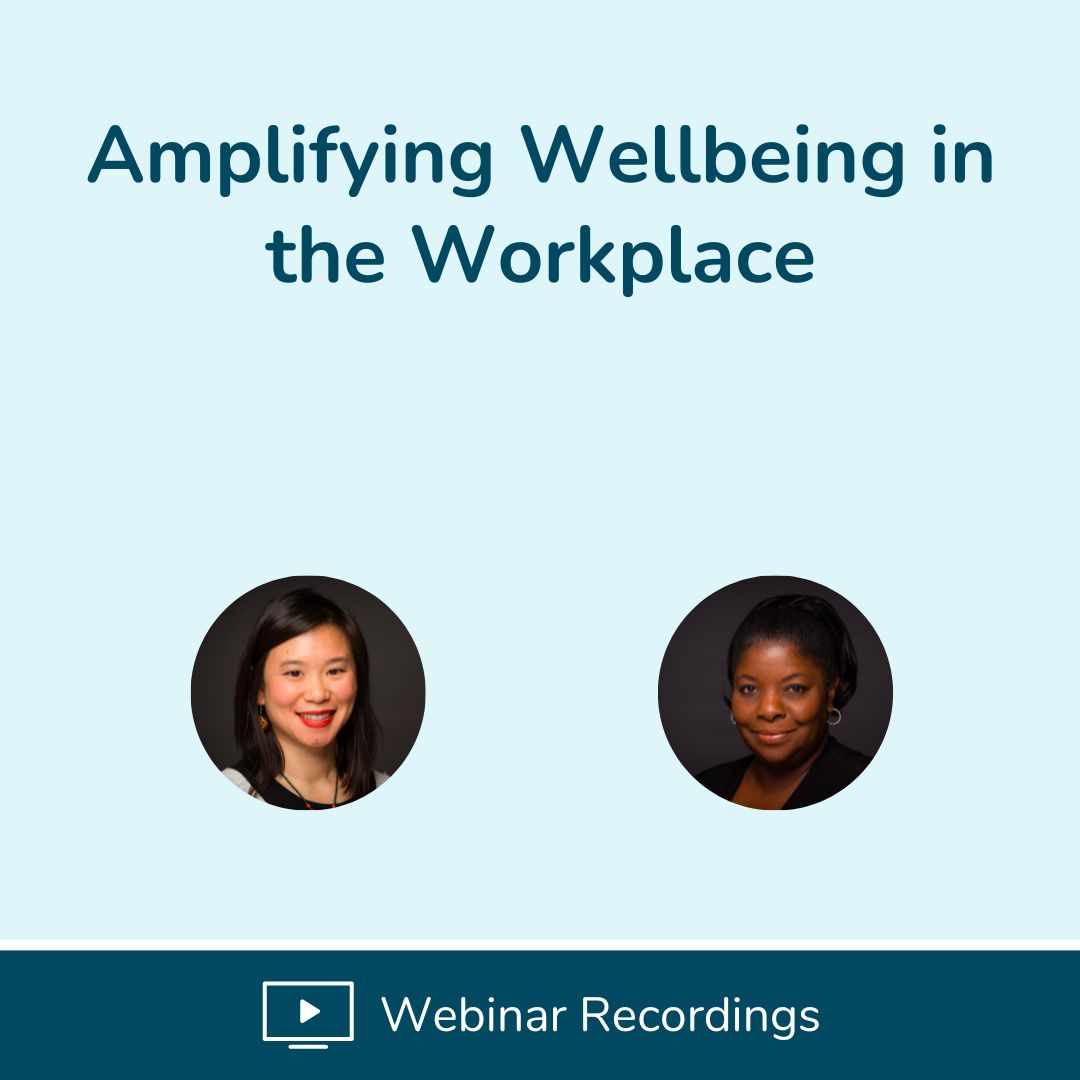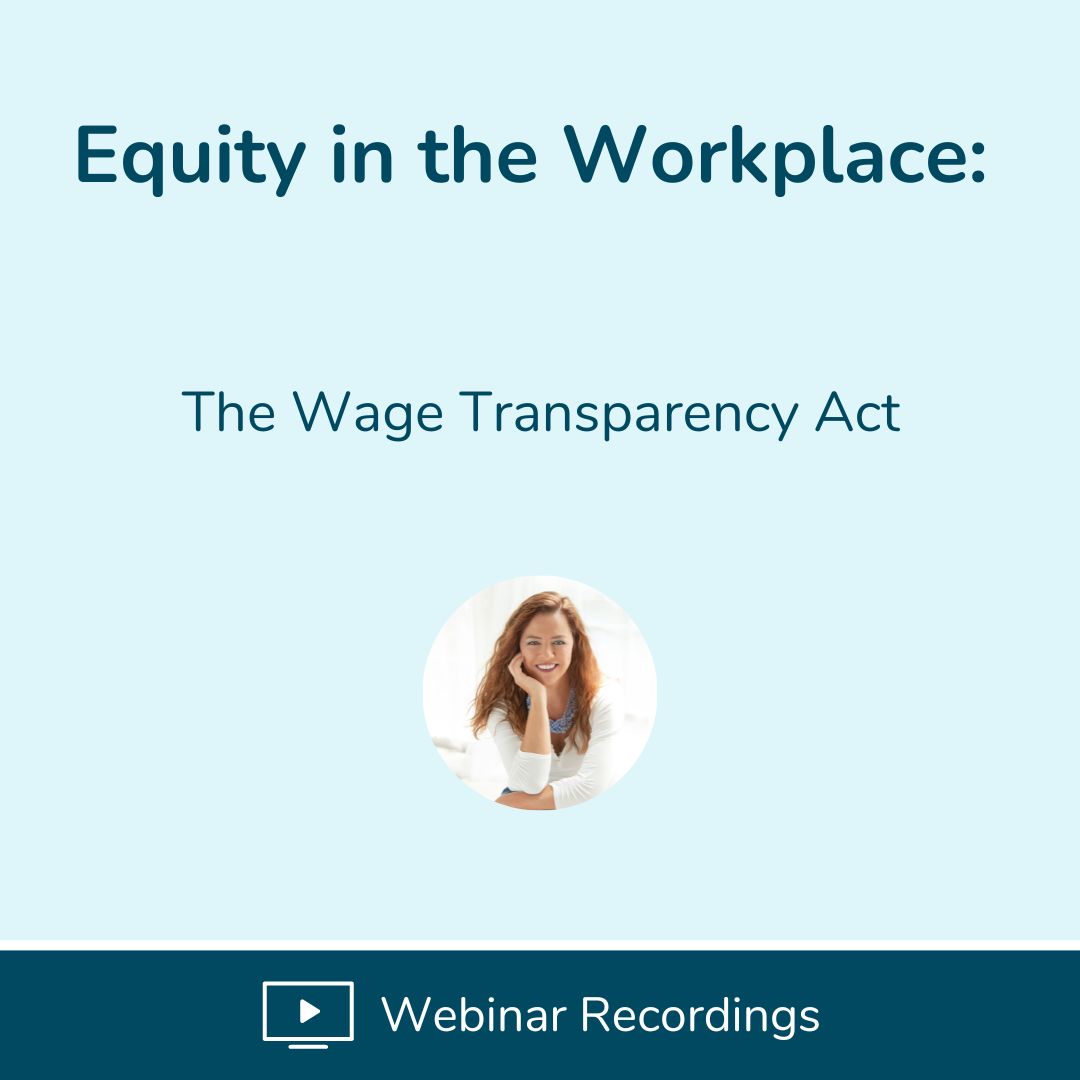August 2023
The explosion of AI capabilities this year has been truly phenomenal – all of a sudden, bots are writing convincing essays, getting high grades on the SAT and Bar exams, generating new art, solving medical mysteries, teaching themselves soccer, and writing computer code. Tech companies are racing to deploy AI everywhere and we expect to see it integrated this year into most of the apps we all use regularly. It is a force we will have to reckon with and its impact will be impossible to ignore.
We expect AI will become deeply embedded in our lives and our work. Its potential for unintended or malicious consequences that will amplify divides and concentrate power are significant; so too, we believe, is its potential to do just the opposite. We cannot remain strategically relevant, nor relevant to our partners, if we are not actively wrestling with the questions and consequences of it. This is not the purview of one person or one department, because AI is changing the rules of our work. This will mean building new muscles and habits, and will take time and financial resources.
So FFI will be investing in helping our teams:
- Responsibly experiment with using AI-driven tools in our work.
- Explore opportunities to leverage AI in our partnerships and make progress toward our north star, and push our partners to wrestle with AI’s implications in their work.
- Understand and counteract potential negative impacts on our work, such as deepfakes or algorithmic bias.
- Participate in larger change efforts with allies who, like us, are walking towards this new reality.
We’ve also adopted six principles for how we use AI:
- Be mindful of built-in bias: These tools reflect the biases of the training data they were fed.
- Protect your privacy and our privacy: Don’t feed in anything confidential or sensitive about you, colleagues, or our organization.
- Check the content it generates: Don’t rely solely on AI — sometimes it can “hallucinate” or plagiarize.
- Disclose when you’ve used it: Be transparent when publishing work that came substantially from AI.
- Follow our policies on responsible use: Use FFI’s code of conduct + prohibited use guidelines the same as you would on other tech platforms.
- Share your ideas and ask us questions: If you’ve got an inspired idea or you’re unsure what to do, reach out and let’s talk.



